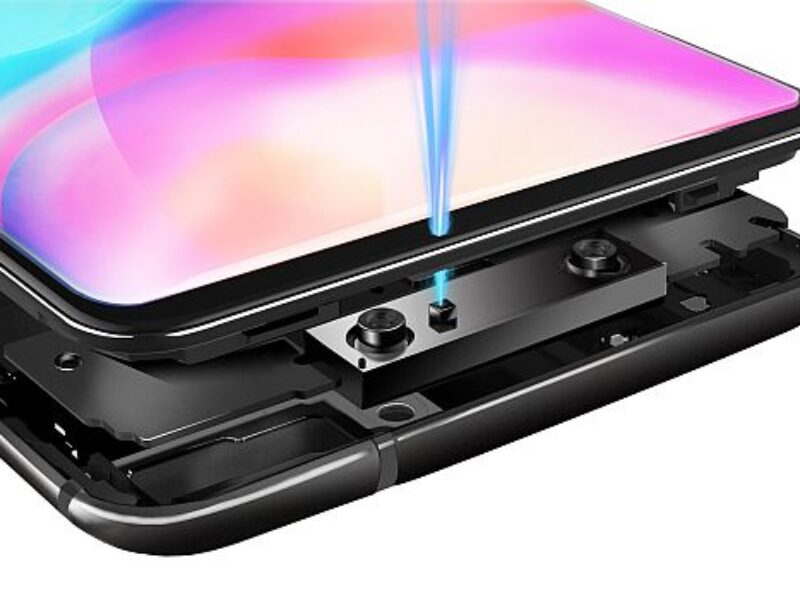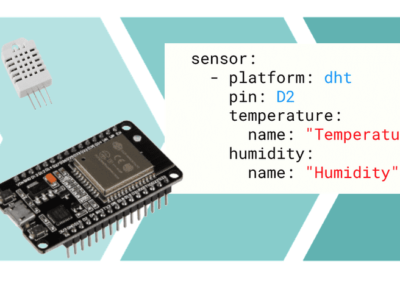
Vivo 3D sensing tech has 10x the sensor points of iPhone X
The technology, which the company revealed at Mobile World Congress Shanghai 2018, detects the time it takes emitted pulse light to return to the sensor to accurately map objects at up to three meters in front of it. It promises a “paradigm shift” in imaging, augmented reality (AR), and human-machine interaction, says the company, which will elevate consumer lifestyles with new levels of immersion and smart capability.
“From last year’s debut of In-Display Fingerprint Scanning Technology, the recent launch of the truly bezel-less Vivo NEX, to our ground-breaking TOF 3D Sensing technology, we continue to forge ahead and evolve towards the truly intelligent future by opening new ways for the AI to help the consumer,” says Alex Feng, Senior Vice President of Vivo. “By combining TOF 3D Sensing Technology with AI, we will continue to explore new possibilities for a better future.”
Vivo’s TOF 3D sensing technology is offered as featuring industry-leading performance in depth of information captured with its 300,000 sensor points, which is ten times that used in existing structured light technology. This raises the bar, says the company, by enabling 3D mapping at up to three meters from the smartphone while having a smaller baseline than structured light.
TOF 3D sensing technology is also simpler and smaller in structure and allows for more flexibility when embedded in a smartphone. This will enable much broader application of this technology than was previously possible, the company says.
The technology has been tested, and meets industry standards required for integration with current apps. Beyond facial recognition, says the company, the technology’s precise and accurate tracking of gestures and movements of the user’s entire body offers new ways to interact with and experience the world.
By combining AI recognition with TOF 3D sensing technology’s precise understanding of what it sees, users can even capture entire objects using 3D modeling. Users can therefore scan and recreate entire objects digitally, enabling the technology to be used to scan lesson props for education, or help scan critical parts of the body for medical purposes.
The company did not provide details on when the technology might be commercialized.
Related articles:
iPhone7 Plus teardown hints at possible Apple 3D camera Google Tango depth-sensing smartphone debuts
Under-display fingerprint sensors coming to a smartphone near you Infineon, PMD offer 3D image sensor for face recognition
ToF 3D sensing solution targets challenging environments
 If you enjoyed this article, you will like the following ones: don't miss them by subscribing to :
eeNews on Google News
If you enjoyed this article, you will like the following ones: don't miss them by subscribing to :
eeNews on Google News



